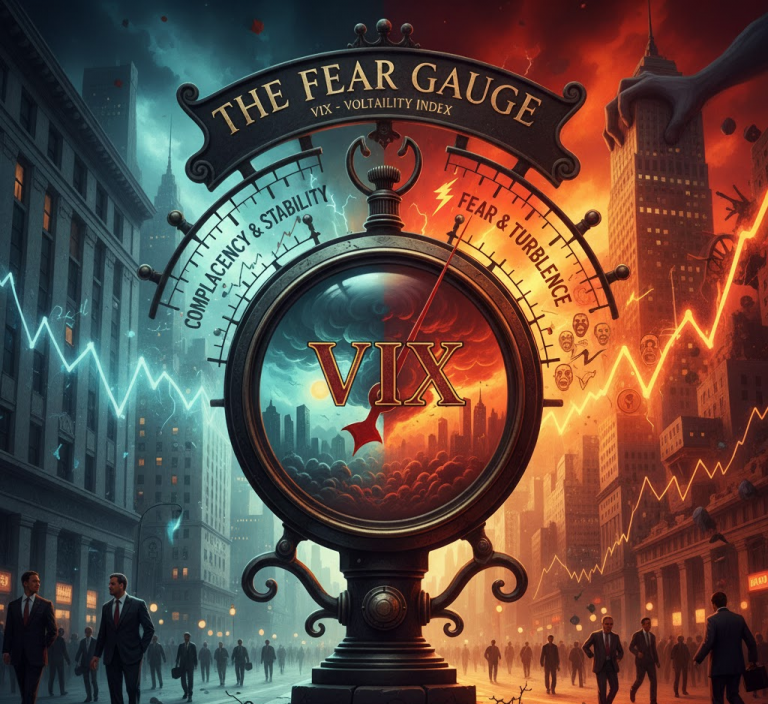The Market’s River: Understanding Liquidity
Summary TLDR
Liquidity describes how easily an asset can be bought or sold at a stable price. A highly liquid market has many active buyers and sellers, resulting in lower transaction costs (a tight bid-ask spread) and a reduced risk of slippage.
Introduction
The character of a market is defined not just by the assets it contains, but by the flow of its activity. Is it a raging river, teeming with life and constant motion, or a stagnant pond, quiet and difficult to navigate? This quality—the ease with which one can enter and exit the water—is its liquidity. It is the single most important measure of a market’s health and efficiency, determining the cost, speed, and certainty of every transaction.
The Core Concept (Explained Simply)
Imagine two different scenarios where you are trying to sell a car.
- The Liquid Market (A Popular, Common Car): You are selling a very common model of a Toyota. There are thousands of potential buyers in your city actively looking for this exact car. You can list it for sale and likely have multiple offers near your asking price within hours. You can sell it quickly, easily, and at a predictable price. This is a liquid asset.
- The Illiquid Market (A Rare, Niche Car): You are selling a vintage, three-wheeled vehicle from a forgotten brand. There may only be a handful of interested collectors in the entire country. To sell it, you might have to wait months or even years to find a willing buyer. If you need to sell it quickly, you will likely have to accept a price far below what you think it’s worth. This is an illiquid asset.
Financial liquidity is the same. It is the ready availability of buyers and sellers for an asset. In a liquid market, the flow of transactions is deep and constant, like a great river. In an illiquid market, the flow is a mere trickle.
From Theory to Practice
For a trader, liquidity is not an abstract concept; it is a practical and critical factor that directly impacts their ability to trade effectively. The two main signs of a liquid market are:
- High Trading Volume: A large number of shares are changing hands, indicating a high level of interest from both buyers and sellers.
- A Tight Bid-Ask Spread: The difference between the highest price a buyer will pay (the bid) and the lowest price a seller will accept (the ask) is very small, often just a penny.
Why does this matter?
- Reduced Slippage: In a liquid market, there are so many orders on the books that even a large market order can be absorbed with little to no slippage. There are always participants ready to take the other side of your trade at or very near the current price.
- Lower Transaction Costs: The tight bid-ask spread means the inherent cost of entering and exiting a trade is minimal. In an illiquid market, the wide spread acts as a large, unavoidable fee.
- Ease of Execution: You can be confident that when you want to buy or sell, you will be able to do so almost instantly. In an illiquid market, you might get “stuck” in a position, unable to sell for a fair price when you want to.
Major blue-chip stocks like Microsoft (MSFT) and popular ETFs like the SPY are examples of highly liquid assets. Penny stocks or shares of very small, unknown companies are often highly illiquid.
A Brief Illustration
An institutional trader needs to buy 50,000 shares of a company.
- In a liquid stock, the bid-ask spread is $100.00 / $100.01 with millions of shares being traded every hour. The trader can execute the entire 50,000-share order and expect the average price paid to be extremely close to $100.01. The market easily absorbs the large order.
- In an illiquid stock, the spread might be $10.00 / $10.50, with only a few thousand shares traded per day. To buy 50,000 shares, the trader would first exhaust all the shares available at $10.50, then have to move up to the next seller at $10.75, then $11.00, and so on. Their own order would dramatically drive the price up, resulting in massive slippage and a very poor average entry price.
Why It Matters
- It Enables Trading: Liquidity is the grease that allows the gears of the market to turn smoothly. Without it, trading would be slow, expensive, and inefficient.
- It’s a Measure of Risk: Illiquidity is a form of risk. It represents the chance that you may not be able to exit a trade at a fair price when you need to.
- It Impacts Profitability: The costs associated with low liquidity—wide spreads and high slippage—can be a significant drag on a trader’s returns.



















